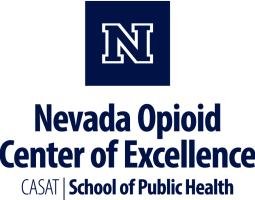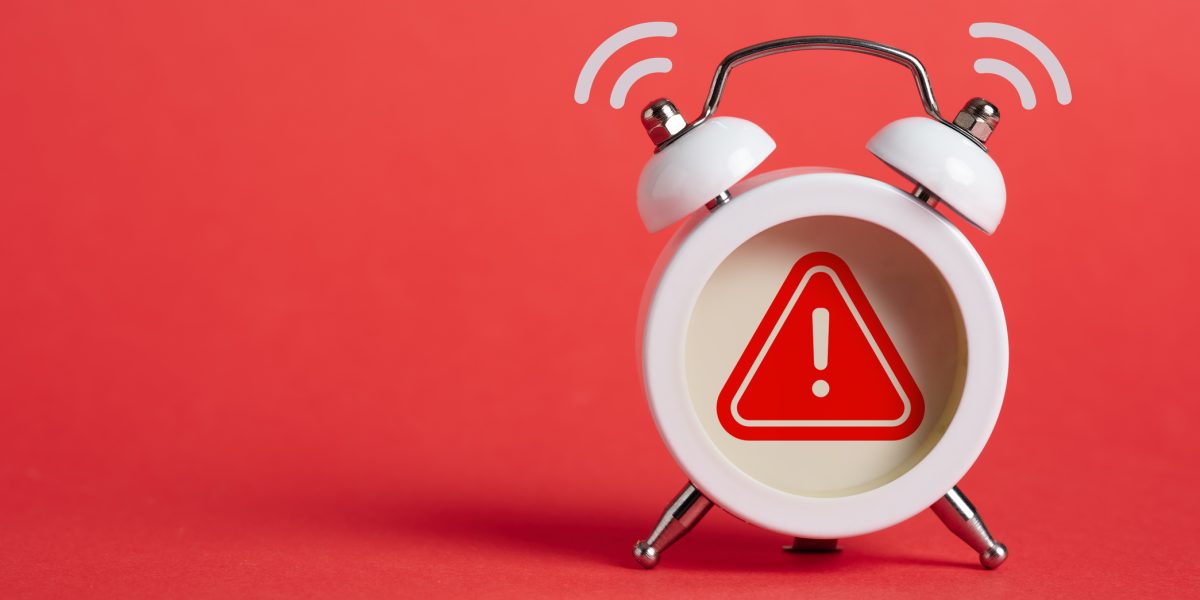
Xylazine, commonly referred to as tranq or tranq dope, is an animal tranquilizer that is increasingly found in the illicit drug supply. Xylazine can result in life-threatening outcomes, especially when combined with opioid use. This use of Xylazine in conjunction with opioids has been declared an emerging threat by the White House’s Office of National Drug Control Policy and has been appearing more frequently throughout the United States.
Common symptoms of Xylazine use include (FDA):
- Sedation.
- Difficulty breathing.
- Dangerously low blood pressure.
- Slowed heart rate.
- Wounds that can become infected.
- Severe withdrawal symptoms.
- Death.
Response to a possible overdose involving Xylazine:
- Call 911
- Initiate rescue breathing or chest compressions. This ensures that the individual is receiving oxygen. Rescue breathing has been found especially beneficial for those in an overdose state as the respiratory system is compromised by the substance.
- Administer naloxone. Naloxone can reverse the effect of opioids that may be in the system and contributing to the overdose state. It will not reverse the effect of Xylazine. Rescue breathing or chest compressions may need to be continued.
Xylazine Resources
Websites
What is Xylazine?
Information about Xylazine, commonly referred to as tranq or tranq dope, an animal tranquilizer that is increasingly found in the illicit drug supply.
Tools & Resources
Never Use Alone
Toll-free national overdose prevention, detection, life-saving crisis response and medical intervention services for people who use drugs while alone. Never Use Alone’s peer operators are available 24-hours a day, 7 days a week, 365 days a year.
Posters & Infographics
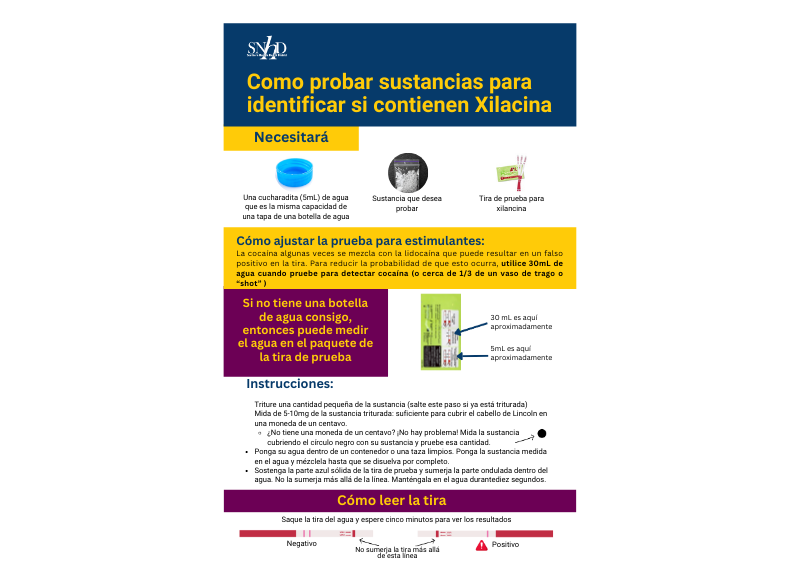
Como probar sustancias paraidentificar si contienen Xilacina
Este recurso proporciona instrucciones sobre cómo analizar sustancias para detectar xilazina utilizando una tira reactiva, incluyendo instrucciones paso a paso para la prueba, consejos para la reducción de daños y recursos adicionales.
Download Resource
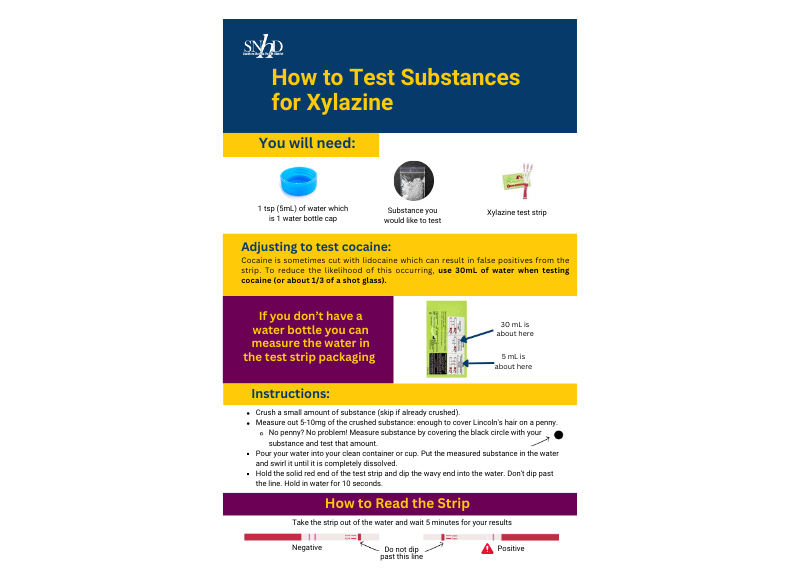
How to Test Substances for Xylazine
This resource provides instructions on how to test substances for xylazine using a test strip including step-by-step testing instructions, tips for harm reduction, and additional resources.
Download Resource
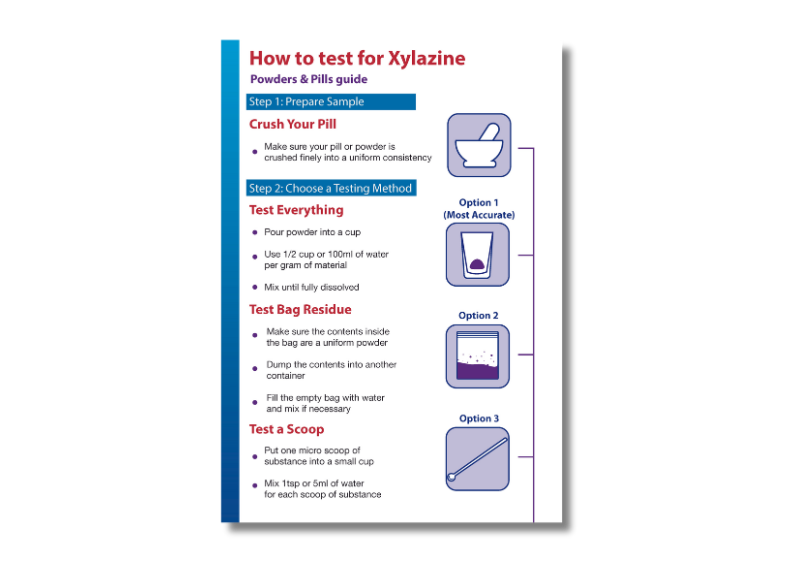
How to Test for Xylazine – Pills & Powders Infographic Guide
This is a comprehensive guide to testing pills & powders for Xylazine using WiseBatch Xylazine Test Strips.
Download the Guide
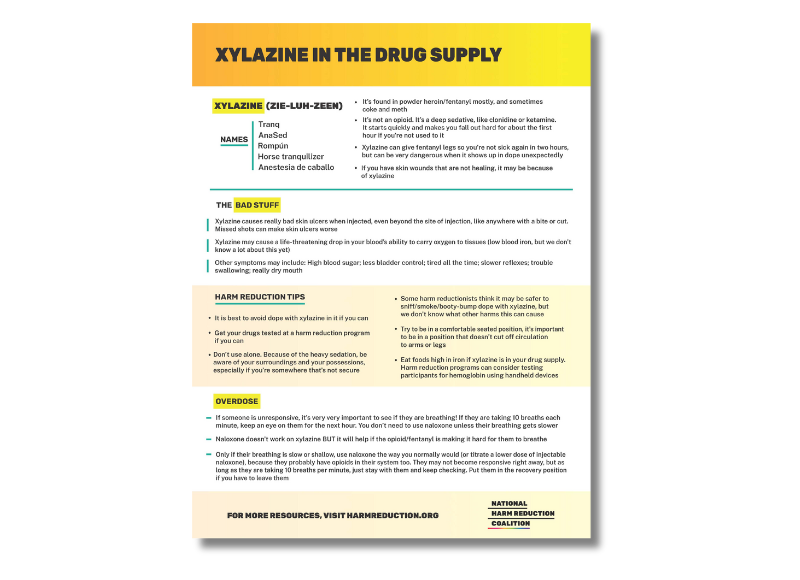
Xylazine in the Drug Supply Infographic
This infographic from the National Harm Reduction Coalition contains information on Xylazine in the drug supply.
Download the infographic
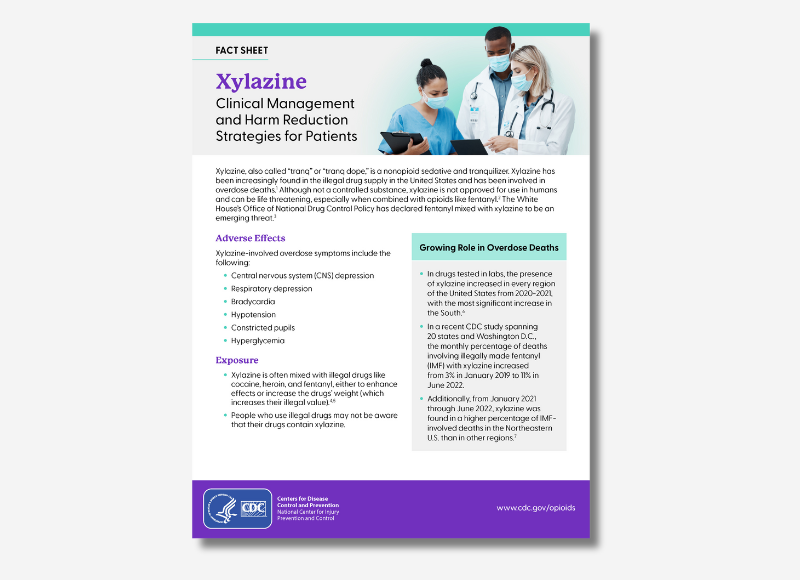
Xylazine: Clinical Management and Harm Reduction Strategies for Patients
This fact sheet is intended to guide healthcare professionals on the clinical management of Xylazine use and harm reduction strategies for their patients.
Download the fact sheet
Publications
Xylazine Basics: Overdose Prevention, Harm Reduction, and Wound Care
This document provides information on xylazine, a non-opioid veterinary tranquilizer used as an additive in illicit drug supplies, notably in combination with heroin and fentanyl. It discusses the effects of xylazine use, including sedation and potential risks such as hypotension and bradycardia. The document also emphasizes harm reduction interventions for individuals who may encounter xylazine in the drug supply, including the use of naloxone for responding to overdoses and the importance of wound identification and treatment.
Dear Colleague Letter – Xylazine
This "Dear Colleague" letter from the Substance Abuse and Mental Health Services Administration (SAMHSA) provides a report on the risks of Xylazine.
Webinars & Online Learning
Current News & Research
DEA Reports Widespread Threat of Fentanyl Mixed with Xylazine
WASHINGTON - The U.S. Drug Enforcement Administration is warning the American public of a sharp increase in the trafficking of fentanyl mixed with xylazine. Xylazine, also known as “Tranq,” is a powerful sedative that the U.S. Food and Drug Administration has approved for veterinary use.
Southern Nevada Health District calls attention to xylazine risk
The Southern Nevada Health District (SNHD) is urging heightened public awareness of the health dangers associated with xylazine, an animal tranquilizer that is increasingly being found in the country’s illicit drug supply and linked to overdose deaths throughout the United States. Xylazine, also known as “tranq,” is not approved for human consumption. It can be life-threatening and is especially dangerous when combined with opioids such as fentanyl.
